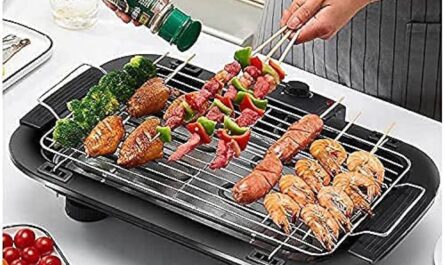Importance of Wearing Proper Industrial Gloves in the Workplace
Types of Industrial Gloves
There are several different types of industrial gloves available on the market, each designed to protect workers from specific hazards. The main types include:
– Cut-resistant gloves: Made of materials like Kevlar or steel fibers, cut-resistant gloves protect hands from cuts, scrapes, and slices caused by sharp or serrated edges. They are commonly used in industries like metalworking, glasswork, construction, and automotive repair.
– Chemical-resistant gloves: Manufactured with various rubber, polymer, or latex based materials, chemical-resistant gloves provide protection from corrosive liquids, acids, alkalis, solvents, oils, and other hazardous chemicals. Common industries that require chemical-resistant gloves are healthcare, labs, waste management, oil and gas, and specialty chemical manufacturers.
– Insulated gloves: Designed to protect hands from extreme heat or cold, insulated gloves may have thick insulating foam or fiber layers within leather, rubber or other cut- and chemical-resistant shell materials. Industries like steelworking, construction, firefighting, automotive and more use insulated gloves.
– Anti-vibration gloves: Containing padding or gel layers, anti-vibration gloves help reduce fatigue, numbness and other issues associated with frequent or prolonged exposure to hand-arm vibration from tools and equipment. Common in industries like construction, forestry, mining, manufacturing.
– General utility gloves: Made of leather, canvas or other durable materials, general utility gloves protect hands from minor cuts, abrasions, oils and grime during general labor or industrial/maintenance work. While not specialized for major hazards, they offer basic protection for a variety of work.
Proper Glove Selection and Care
It is imperative that workers select gloves specifically designed for the hazards present in their work environment. While general utility gloves may suffice for light duty tasks, specialized protection is needed when working with chemicals, sharp edges, extreme temps, vibrations and other industrial dangers. Employers must assess hazards and provide appropriate gloves for each job.
Gloves also need regular inspection for defects like tears, cracks or thinning which compromise their protective abilities. Damaged gloves should be discarded immediately per proper procedures. Proper care like occasional washing helps extend glove lifespan while maintaining barrier protection. Workers must be trained in glove removal to avoid potential contamination when transitioning between tasks as well. Replacement schedules ensure gloves are in usable condition throughout their service life.
Regulations and Standards
Government regulations and consensus standards establish design and performance requirements for industrial gloves to ensure they effectively safeguard workers. For example, Occupational Safety and Health Administration (OSHA) regulations in the US mandate the use of appropriate hand protection for jobs involving exposures to hazards like those described above. European Union regulations also mandate protective gloves be provided based on workplace risks.
Industry associations like the American National Standards Institute (ANSI) and the International Safety Equipment Association (ISEA) develop voluntary product standards adhered to by reputable glove manufacturers. Standards address cut resistance levels, chemical permeation times, thermal protections ratings, ergonomic features and more. Compliance provides purchasers assurance that gloves meet objective specifications suitable for their needs. Regulators may reference these standards for mandating or approving certain glove types.
Workplace Training
Despite the availability of proper protection, injuries can still occur if workers are not trained adequately on glove usage, care and limitations. Employers must implement training programs that address glove type selection based on hazards, donning and doffing procedures, inspection routines, care and cleaning methods, replacement guidelines and limitations in dexterity or duration of use.
Hands-on drills help trainees practice safe habits until they become second nature. Refreshers ensure proper protocols remain top-of-mind over time. Training documentation and audits show due diligence to protect both workers and companies in the event of incidents. A safety-focused culture where workers understand and take accountability for their glove usage and safety promotes injury prevention.
Summary
Industrial gloves serve as critical personal protective equipment for many industries where hand exposures to occupational hazards are inherent. A comprehensive glove safety program addressing selection, use, care and training helps safeguard workers and complies with regulations. Implementing best practices for gloves empowers employees to do their jobs safely while supporting an organization’s overall safety and risk management objectives. With proper oversight and worker participation, gloves play an important daily role in keeping hands protected on jobsites.



